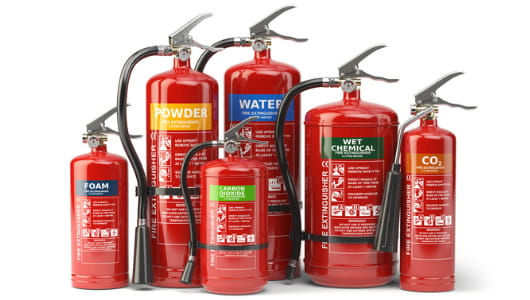Effective fire suppression demands a meticulous approach, with every decision influencing the outcome of a critical situation. Within the realm of flammable liquid fire control, Aqueous Film-Forming Foam (AFFF) stands as a cornerstone technology.
This professional guide cuts through the complexity, empowering you to make informed decisions for optimal fire control. We’ll explore essential factors like fire class, polarity, expansion ratio, and environmental impact, all presented in a clear and concise manner.
We’ll also delve into fire suppression considerations and AFFF effectiveness, ensuring a well-rounded understanding of this critical firefighting tool. Ultimately, by the end of this guide, you’ll be equipped to choose the perfect AFFF concentrate for your specific needs, giving your firefighters the superior advantage they deserve when facing any blaze. So, let’s embark on this journey together and conquer the inferno with the power of knowledge!
AFFF Selection
Just like a skilled warrior selects the perfect weapon for the battlefield, selecting the appropriate AFFF foam hinges on the specific fire you’re confronting. Here, we’ll delve into the critical factors that influence your decision:
- Fire Class: AFFF excels at tackling Class B fires, those involving flammable liquids like gasoline, oil, and alcohol. However, there are specialized AFFF variants designed to combat Class A fires (ordinary combustibles like wood and paper) and even some Class F fires (cooking oils). Identifying the fire class is paramount to picking the most effective foam for the job.
- Polarity: This intriguing term refers to the foam’s attraction to water. Alcohol-Resistant (AR) foams boast a non-polar nature, making them ideal for battling fires fueled by non-polar liquids like gasoline. On the other hand, Solvent-Resistant (AR-SR) foams can handle both polar and non-polar solvents, offering broader protection in diverse fire scenarios.
- Expansion Ratio: This value indicates how much a foam concentrate expands when mixed with water. Let’s explore the different types: ○ Low-expansion foams (3:1 to 5:1 ratio) create a thick, smothering layer on the fuel surface, proving excellent for extinguishing flammable liquid fires. ○ Medium-expansion foams (20:1 to 50:1 ratio) offer a valuable balance between smothering and vapor suppression. This versatility makes them suitable for both flammable liquids and some Class A fires. ○ High-expansion foams (over 100:1 ratio) can rapidly fill large spaces, making them ideal for achieving swift fire control in confined areas.
- Environmental Impact: Traditional AFFF foams can pose a threat to the environment. Fortunately, Fluorine-Free Foams (F3) is emerging as a more eco-friendly alternative. While still under development, F3 foams hold promise for replacing traditional AFFF in select applications.
Fire Suppression Considerations: Unleashing the Power of AFFF
Now that you’ve chosen your champion AFFF foam let’s explore how to maximize its firefighting potential:
- Application Technique: To achieve optimal effectiveness, AFFF needs to create a continuous blanket over the burning fuel surface. Firefighters can employ various application methods, including direct spray, foam streams, or foam chambers. The chosen method depends on the fire size, location, and available equipment.
- Water Supply: Remember, AFFF works by mixing with water. Therefore, ensuring a sufficient and consistent water supply is crucial for maintaining proper foam application and preventing the fire from reigniting.
- Weather Conditions: Wind can wreak havoc on the AFFF blanket, diminishing its effectiveness. Firefighters may need to adjust application techniques or utilize wind barriers to mitigate this challenge.
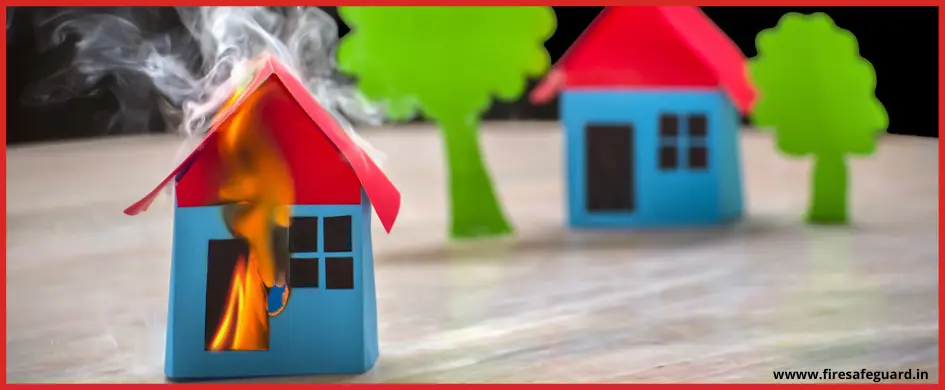
AFFF Effectiveness: Unveiling the Science Behind the Miracle
So, what exactly makes AFFF such a potent fire suppressant? Let’s delve into the fascinating science behind it:
- Smothering Action: AFFF forms a continuous film on the fuel surface, effectively blocking the oxygen supply to the flames and extinguishing the combustion process.
- Cooling Effect: The water base in AFFF acts as a heat sink that mainly absorbs heat from the burning fuel. This lowers the surrounding temperature and prevents the fire from spreading.
- Vapor Suppression: AFFF can suppress flammable vapors released by the burning fuel, preventing them from igniting and further fueling the fire.
Choosing the Right Foam Concentrate
Armed with this newfound knowledge, it’s time to pick the AFFF hero best suited for your specific fire scenario. Here’s a breakdown to guide you through the selection process:
- Identify the Fire Class: foundation for choosing the right AFFF type. Here’s a quick reference guide: ○ Class A Fires: Opt for Class AFFF foams specifically formulated for ordinary combustibles like wood, paper, and textiles. These foams typically contain wetting agents that enhance water penetration and cooling. ○ Class B Fires: This is where traditional AFFF truly shines. Choose AR-AFFF for non-polar flammable liquids like gasoline or AR-SR AFFF for a broader range of solvents, including polar solvents like alcohol. ○ Class F Fires: For cooking oil fires, consider specialized Class F foams. These foams may contain gel-forming agents to create a more viscous layer that smothers the burning oil.
- Evaluate Environmental Concerns: If environmental impact is a major concern, prioritize F3 foams. However, their availability and effectiveness might vary depending on the specific fire scenario. While F3 technology is rapidly advancing, traditional AFFF foams might still be the best option for certain situations. Always consult with fire safety experts for the most up-to-date recommendations.
- Analyze Fire Size and Location: The battleground also plays a crucial role. For large, open fires, high-expansion foams can be incredibly effective due to their rapid application capabilities. Confined spaces, on the other hand, might benefit more from low-expansion foams that offer better control and a thicker smothering layer.
- Consult Fire Safety Experts: Don’t hesitate to seek guidance from experienced firefighters or fire protection professionals. Their expertise in fire behavior, AFFF capabilities, and local regulations is invaluable in choosing the most effective AFFF solution for your specific needs. They can also help you build a comprehensive fire suppression plan that takes into account factors like evacuation procedures, water supply availability, and ventilation strategies.
Advanced Considerations for AFFF Selection
While the factors discussed above provide a solid foundation for AFFF selection, there are additional considerations for truly optimizing your fire suppression strategy:
- Compatibility with Existing Equipment: Ensure your chosen AFFF concentrate is compatible with your existing firefighting equipment, including foam proportioners, nozzles, and delivery systems. Incompatibility can lead to malfunctioning equipment and hinder firefighting efforts.
- Storage and Maintenance: Different AFFF types might have varying storage and maintenance requirements. Understanding these requirements is the priority for ensuring the long-term effectiveness and safety of your AFFF stock.
- Training and Drills: Firefighters need proper training on the specific AFFF concentrate they will be using, including its application techniques, safety precautions, and potential hazards. Regular fire drills ensure the efficient and safe use of AFFF during actual emergencies.
The Final Stand: A Firefighter’s Most Trusted Ally
Mastering AFFF selection equips fire professionals with the ultimate advantage – the perfect AFFF concentrate for any fire. This guide empowers informed choices, considering fire class, polarity, expansion ratio, and environmental impact. Understanding AFFF effectiveness – smothering, cooling, and vapor suppression – further enhances tactical decisions. While this guide is a valuable resource, remember that fire control is multifaceted.
Comprehensive fire safety plans, well-trained personnel, and readily available resources remain essential for safeguarding lives and property from fire’s devastation. As technology evolves, staying informed about F3 foams and their applications will be crucial for maintaining optimal fire suppression capabilities.
Read More Articles:
AFFF Fire Suppression: Applications & Benefits for Enhanced Safety
Why ECOFOAM is the Future of Environmentally Friendly Firefighting
Related Articles

Protein Foam: Your Guide to Effective Fire Suppression
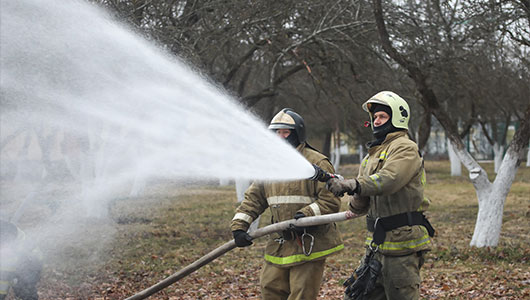
AR-AFFF Foam: Find the Right Formula for Your Needs

Why ECOFOAM is the Future of Environmentally Friendly Firefighting

Foam Concentrates: Sustainable Solutions for Environmentally Conscious Fire Protection
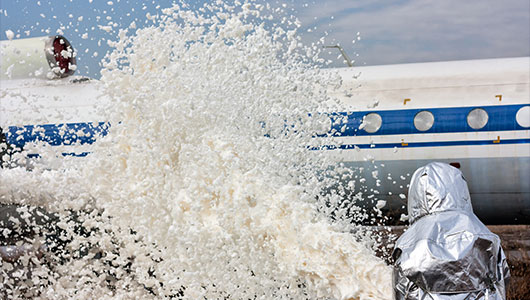
The Right Foam for Every Fire: Synthetic Concentrates for Varied Hazards & Environments

Expansion Foam Concentrate: The Ultimate Solution for Controlling Flammable Liquid Fires
Stop Fire in Its Tracks: Protein Foam's Versatility Across Hazards & Environments

Fluorine-Free Foam (ECOFOAM): Next-Generation Fire Suppression Solutions for Modern Challenges
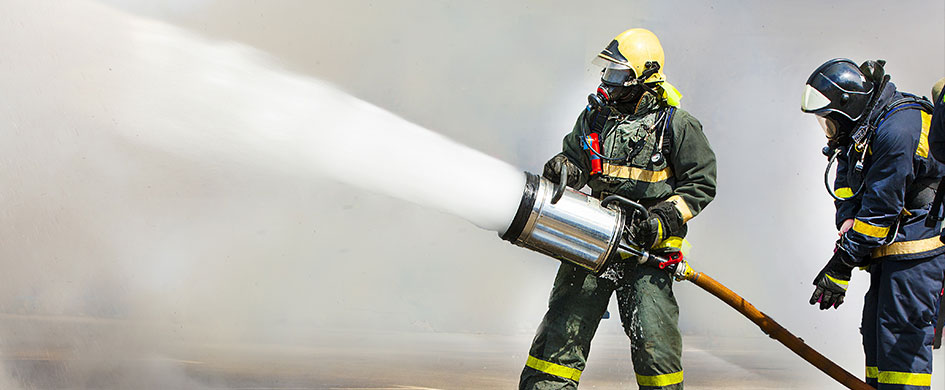
Future of Firefighting is Here: Top Trends in Foam Concentrate Technology Explained

Synthetic Foam Concentrates: The Science Behind Superior Fire Control

Expansion Foam Concentrate: The Game Changer for Fighting Large Fires
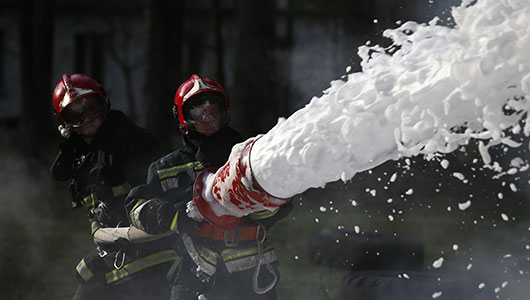
Protein Foam 101: How It Works to Fight Fires
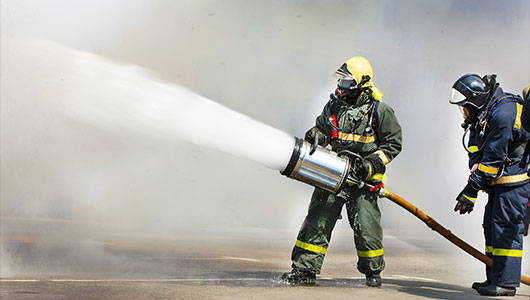
Advantages of Advanced AR-AFFF Foam Technology - Fire Protection Ultimate Guide 2024
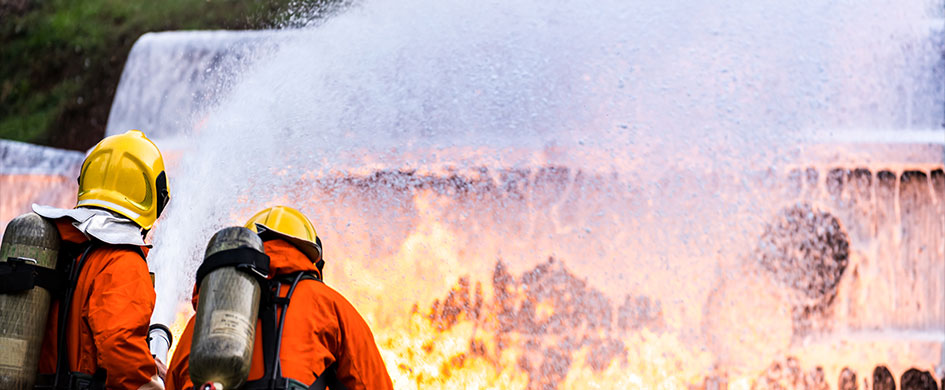
AFFF Fire Suppression: Applications & Benefits for Enhanced Safety
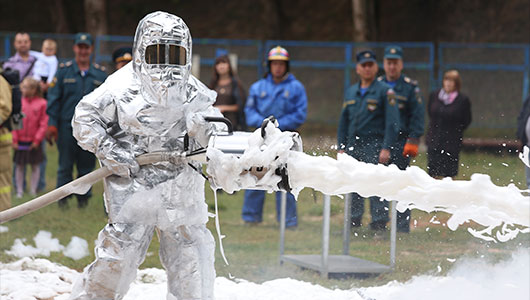
Foam Concentrates vs Traditional Fire Extinguishers: Which is More Effective?

Fight Fires Eco-Friendly: Rise & Future of Fluorine-Free Foam (ECOFOAM)

Synthetic Foam Concentrates: Advancing Fire Suppression with Cutting-Edge Technology

Expand Your Fire Safety Arsenal: Exploring the Versatility of Expansion Foam Concentrate
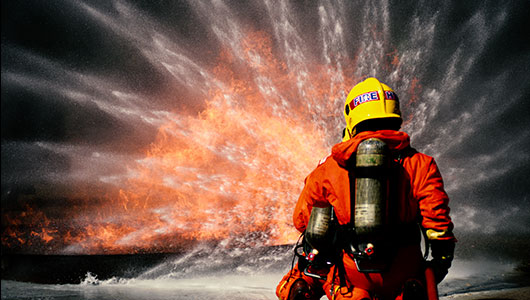
Protein Foam Concentrates: Harnessing Nature's Power for Effective Fire Suppression | Guide 2024
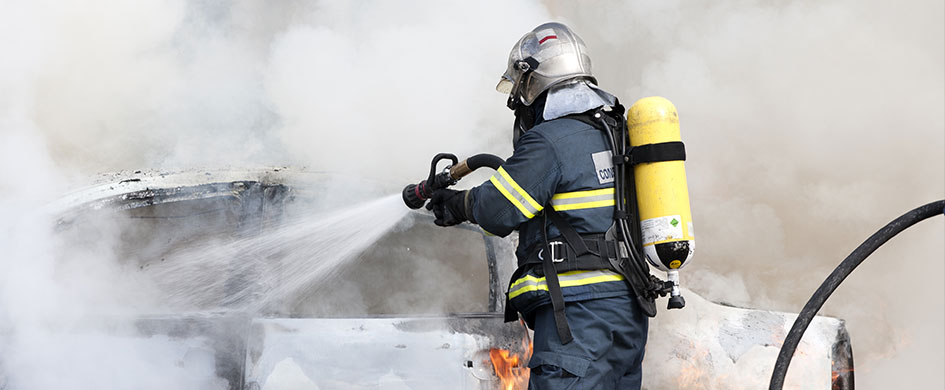
Advanced AR-AFFF Foam: The Cutting-Edge Solution for Superior Fire Suppression Performance
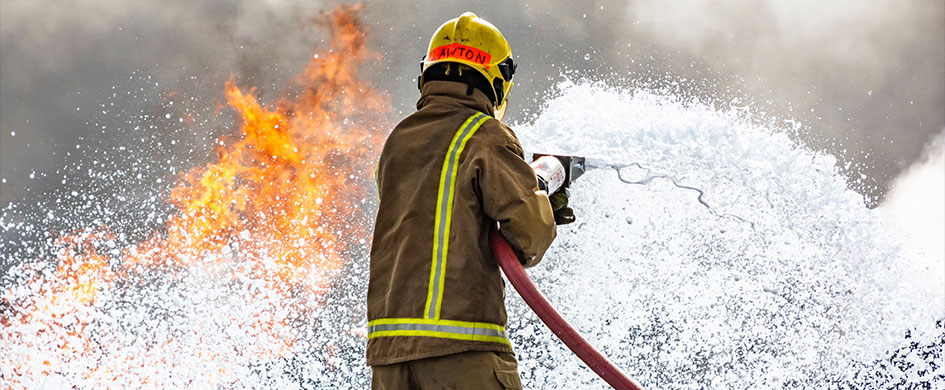
Understanding AFFF Role in Rapid Fire Suppression

The Rise of Eco-Friendly Fire Suppression: Exploring Fluorine Free Foam (ECOFOAM) Solutions

Foam Concentrates: The Ultimate Guide(2024) to Effective Fire Suppression
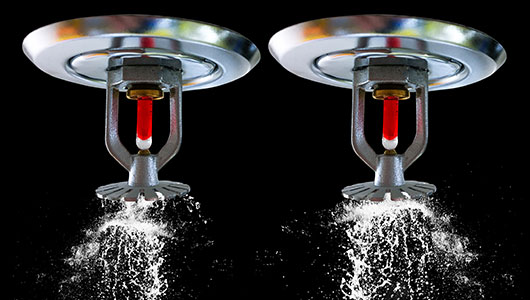
Choosing the Right Fire Sprinkler System for Your Commercial Property
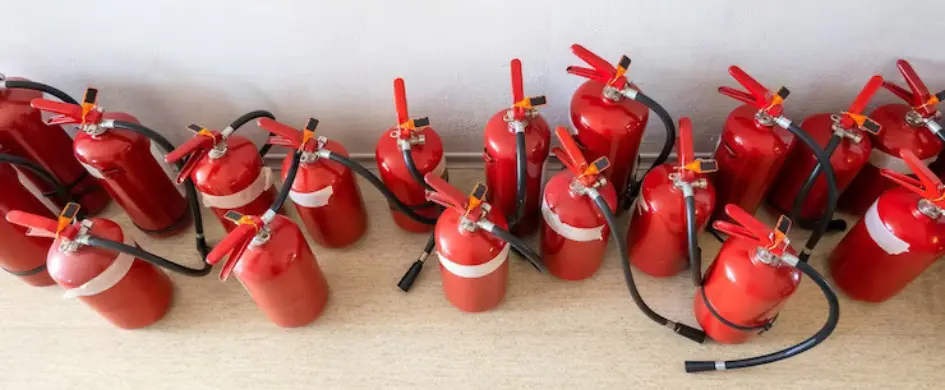
Emergency Evacuation Planning: Steps to Ensure Workplace Safety

The Ultimate Guide to Fire Extinguishers: Types, Uses, and Maintenance
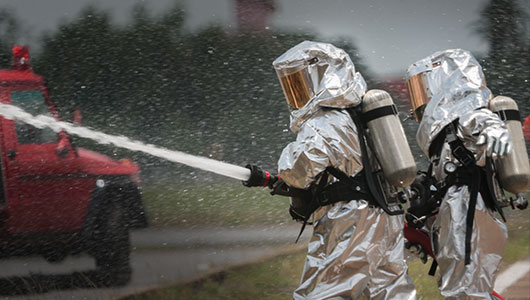
The Role of Personal Protective Equipment (PPE) in Firefighting
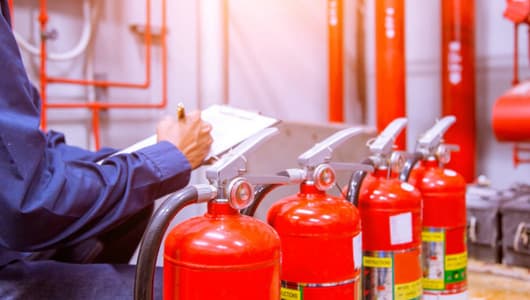
Keeping Your Business Safe: A Comprehensive Guide to Fire Risk Assessments
Protecting Your Electrical Equipment: The Importance of a Fire Suppression System for Electrical Panels
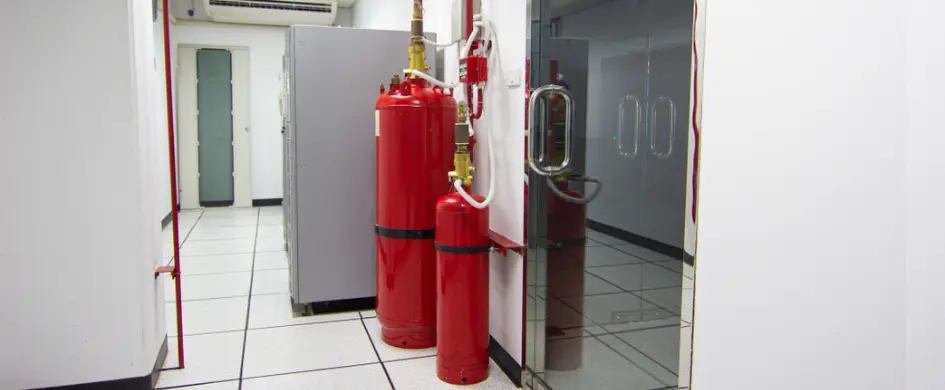
Protect Your Data Center with a Reliable Fire Suppression System

How to choose a water mist fire extinguisher
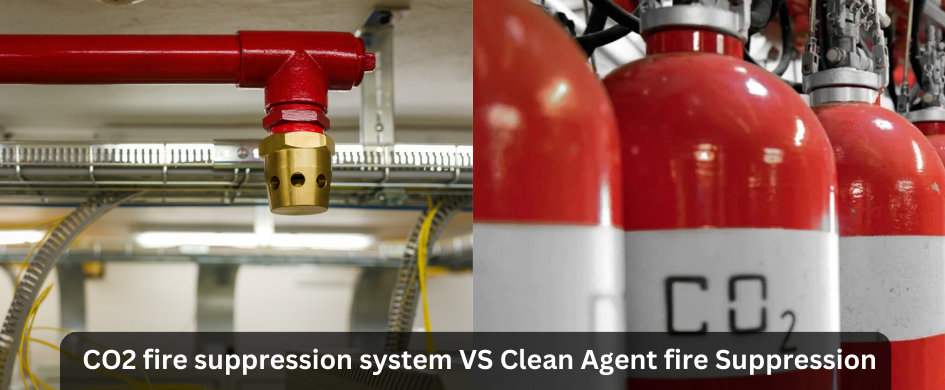
CO2 Fire Suppression System vs Clean Agent fire Suppression
Ensuring Safety in the Factory: Choosing the Right Fire Fighting Equipment
The Top 5 Places Where Fire Suppression Systems are a Must

How to Choose the Right Fire Safety Equipment for Factories

Difference Between Fire Suppression System and Fire Sprinkler
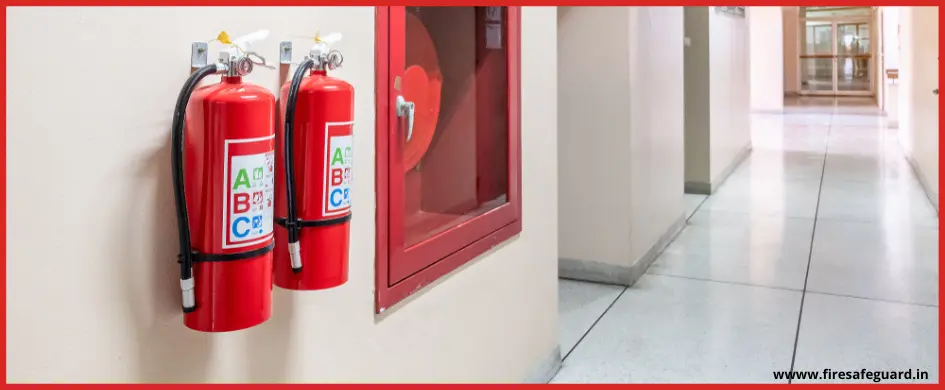
Ultimate Fire Extinguisher Buying Guide for Business owners

Known and Unknown Facts about Fire Everyone Should Know
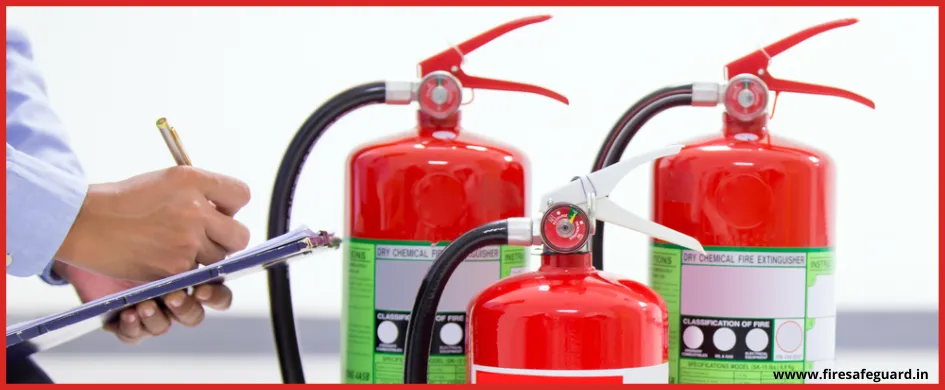
Everything you need to know about Water Type Extinguisher
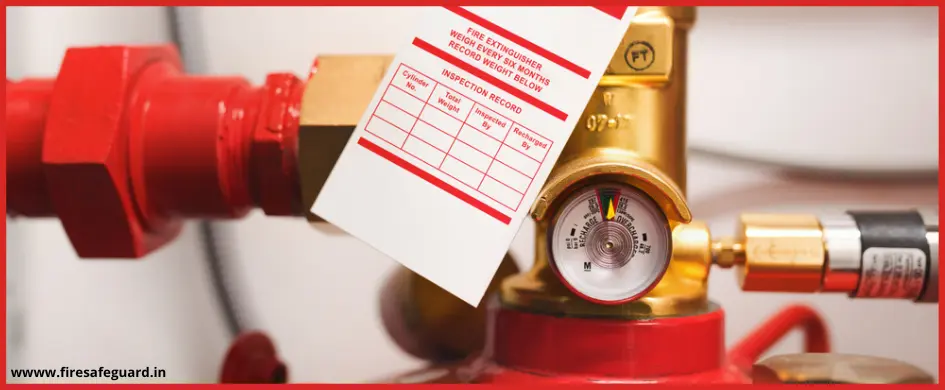
What is a Clean Agent Fire Extinguisher ? Detailed Guide 2024
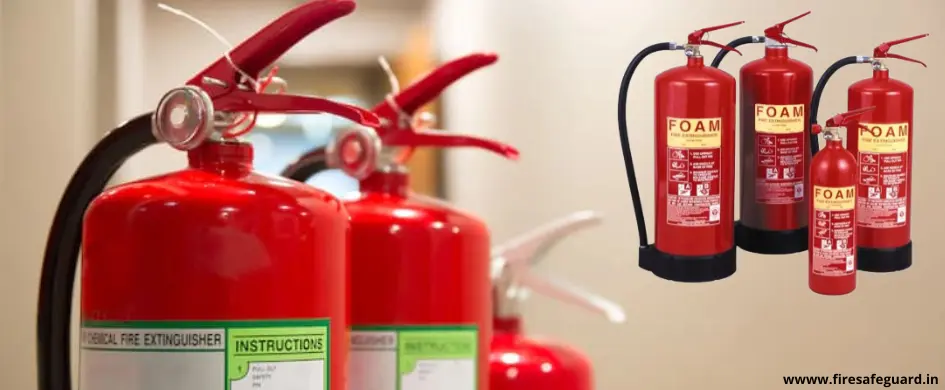
Everything You Need to Know About Foam-Type Fire Extinguishers
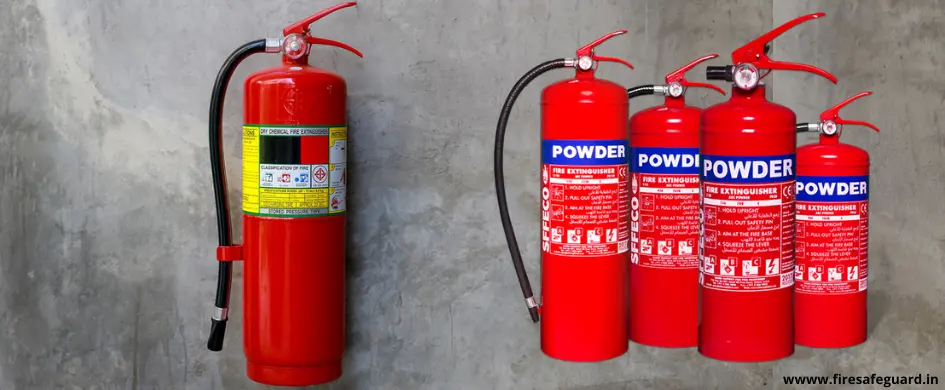
Everything You Need to Know about Dry Chemical Fire Extinguishers - Detailed Guide 2024

Top Fire Extinguisher Manufacturers in India
